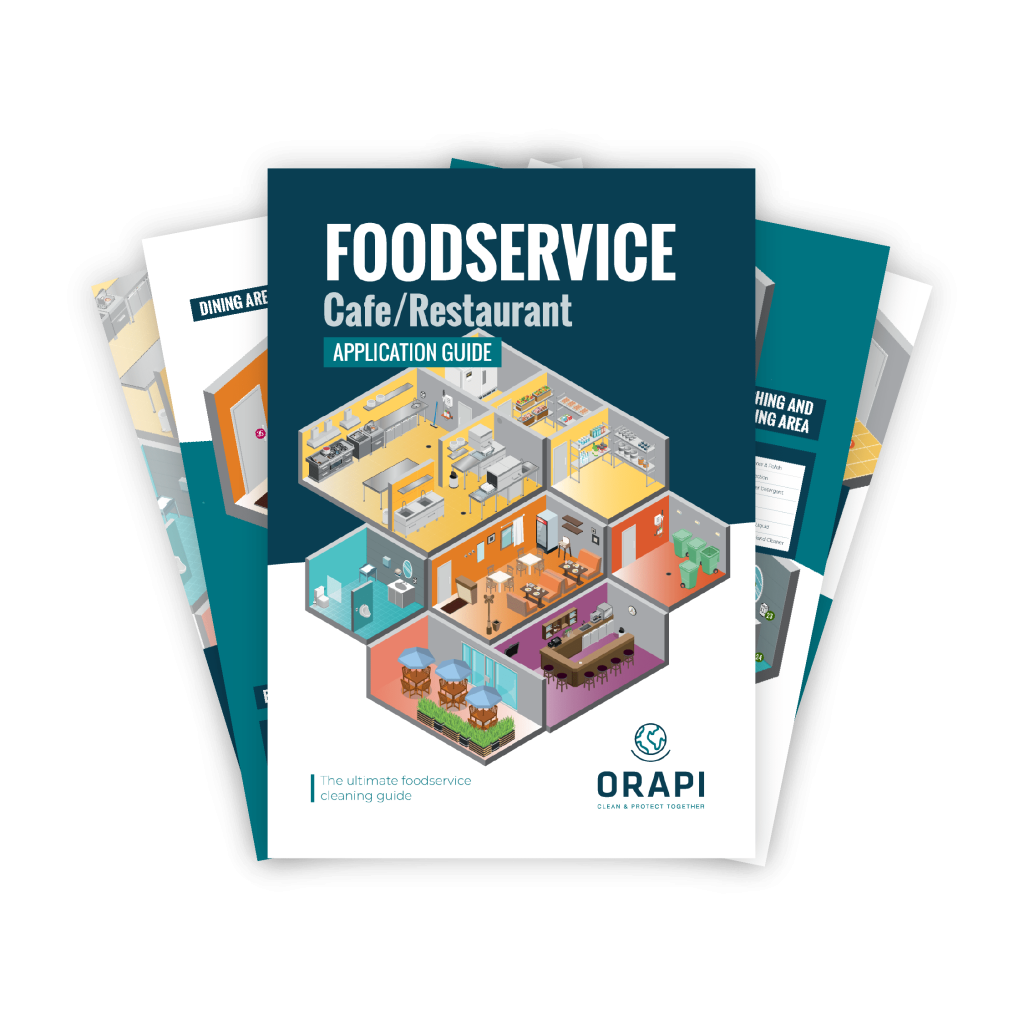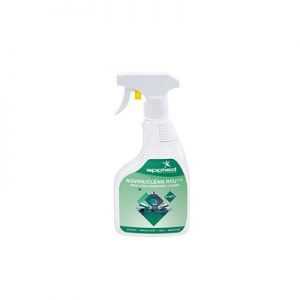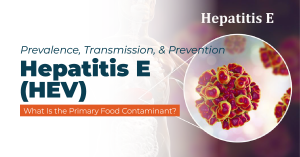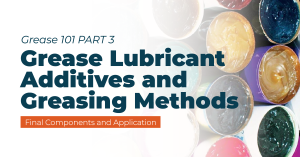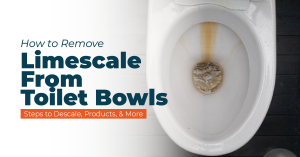
In our quest for convenience and efficiency, we often overlook the potential dangers hidden in the products we use every day. Two such hazards, MOSH (Mineral Oil Saturated Hydrocarbons) and MOAH (Mineral Oil Aromatic Hydrocarbons) have recently emerged as concerning substances that demand our attention. Found in a wide range of common items, from food packaging to cosmetics, MOSH and MOAH have been linked to long-term organ toxicity, carcinogenic properties, and tissue accumulation, making it vital for individuals to be aware of these risks and take necessary precautions to safeguard their well-being. In this article, we will delve deeper into the dangers of MOSH and MOAH, providing valuable insights on how to identify products free of these compounds by understanding the relevant certifications. So keep reading to equip yourself with the knowledge needed to make informed choices and protect your health.
What Are MOSH and MOAH?

MOSH is an abbreviation for Mineral Oil Saturated Hydrocarbons, which refers to hydrocarbons that resemble paraffin and are open-chained with occasional branchings, such as alkanes. They also encompass cyclic hydrocarbons resembling naphthenes, specifically cycloalkanes.
On the other hand, MOAH stands for Mineral Oil Aromatic Hydrocarbons, which encompass hydrocarbons primarily composed of highly alkylated mono- and/or poly-aromatic rings.
MOSH and MOAH: Classified Contaminants
- MOSH and MOAH contaminants are typically absent in the original raw ingredient. Consequently, they are introduced into the food during various stages of production.
- Mineral oils find their way into the food through multiple pathways throughout the food production process, including raw material handling, storage, transportation, and packaging.
- The primary sources of MOSH and MOAH contamination are adhesives, printer inks, and packaging materials, particularly those derived from recycled substances.
- Additional sources of these contaminants include the use of machines and hydraulic oils in food production and packaging processes.
- During production processes, mineral oils serve as lubricants for machinery and act as release agents in packaging materials. The release agent prevents adhesion between the packaging surface and its contents, such as meat in plastic wrap.
- General environmental factors, such as exhaust emissions from combustion engines and releases from energy supplies and industrial facilities, can lead to unavoidable contamination of food raw materials with Mineral Oil Hydrocarbons (MOHs).
Can MOSH and MOAH Enter Food?
- MOSH and MOAH refer to mineral oil hydrocarbons that can migrate into food during the various production and transportation stages.
- The risks of contamination are influenced by several factors, including the characteristics of the food itself, the concentration of MOSH and MOAH in the contamination source, the type, intensity, and duration of contact between the food and the contaminants, as well as the temperature conditions involved.
- It is worth highlighting that Mineral Oil Hydrocarbons (MOHs) can be encountered at various stages of food production. They may be deliberately introduced through the use of food additives and pesticides. However, unintentional addition can occur through sources such as lubricants, cleaning products, and migration from packaging materials.

Max Allowable Levels of MOSH and MOAH in Food
Current research has predominantly investigated food contamination from packaging materials such as printed ink, paper, cartons, and cardboard. Although there is no internationally mandated global standard specifying maximum thresholds for MOSH and MOAH, certain European authorities have provided the recommendations mentioned below.
Risks to Human Health

EFSA emphasizes the presence of MOSH and MOAH in a wide range of foods, with MOSH levels often being higher than MOAH levels. Vegetable oils exhibit the highest levels of MOH contamination. Young individuals and infants exclusively fed with infant formula containing elevated MOSH levels are estimated to have the highest exposure.
The potential health impacts of MOH vary significantly. For example, MOAH can act as genotoxic carcinogens, damaging DNA and potentially leading to cancer, while certain MOSH compounds are known to accumulate in the liver and lymphoid system.
Here are some additional risks of MOSH and MOAH:
MOSH
- Certain short-chain saturated hydrocarbons within the MOSH fraction have been observed to accumulate in various organs of the body, such as the liver and lymphoid system, leading to adverse effects.
- MOSH within the C16 to C35 range can potentially cause damage to the liver, lymph nodes, and spleen.
- According to EFSA estimates, the daily absorption of MOSH ranges from 0.03 to 0.3 mg per kg of body weight.
MOAH
- MOAH is considered potentially carcinogenic, although sufficient data for establishing specific limit values are currently lacking. Strict measures are necessary to minimize MOAH migration into food.
Monitoring in Europe for MOSH and MOAH
- In 2017, the European Commission (EC) implemented the EU 2017/84 recommendation, which focuses on monitoring Mineral Oil Hydrocarbons (MOHs) in food and Food Contact Materials. Food Contact Materials encompass various substances, including packaging, containers, plastics, paper, rubber, and metal, that come into contact with food.

- The EC mandated that Member States, as well as manufacturers, processors, and distributors of food contact materials, conduct monitoring activities to assess the presence of MOH in food during the years 2017 and 2018.
- The monitoring initiative encompasses various food categories, including animal fat, bread and rolls, biscuits and cakes, breakfast cereals, confectionery (including chocolate and cocoa), fish meat and products, ices and desserts, oilseeds, pasta, and more.
EFSA’s Recommendations
The European Food Safety Authority (EFSA) evaluates the potential risks to human health associated with mineral oil hydrocarbons throughout the food chain. Data regarding the presence of these substances in food are obtained through ongoing data collection initiatives focused on contaminants in food and feed.
EFSA has established limits for MOSH (Mineral Oil Saturated Hydrocarbons) in the C16-C35 range as follows:
|
Products |
MOSH Levels |
|
Milk and milk products |
5 mg MOSH/kg |
|
Cereals |
15 mg MOSH/kg |
|
Vegetable products, snacks and desserts |
20 mg MOSH/kg food |
|
Products of animal origin, sugar and confectionery |
30 mg MOSH/kg |
Do ORAPI Products Contain MOSH and MOAH?
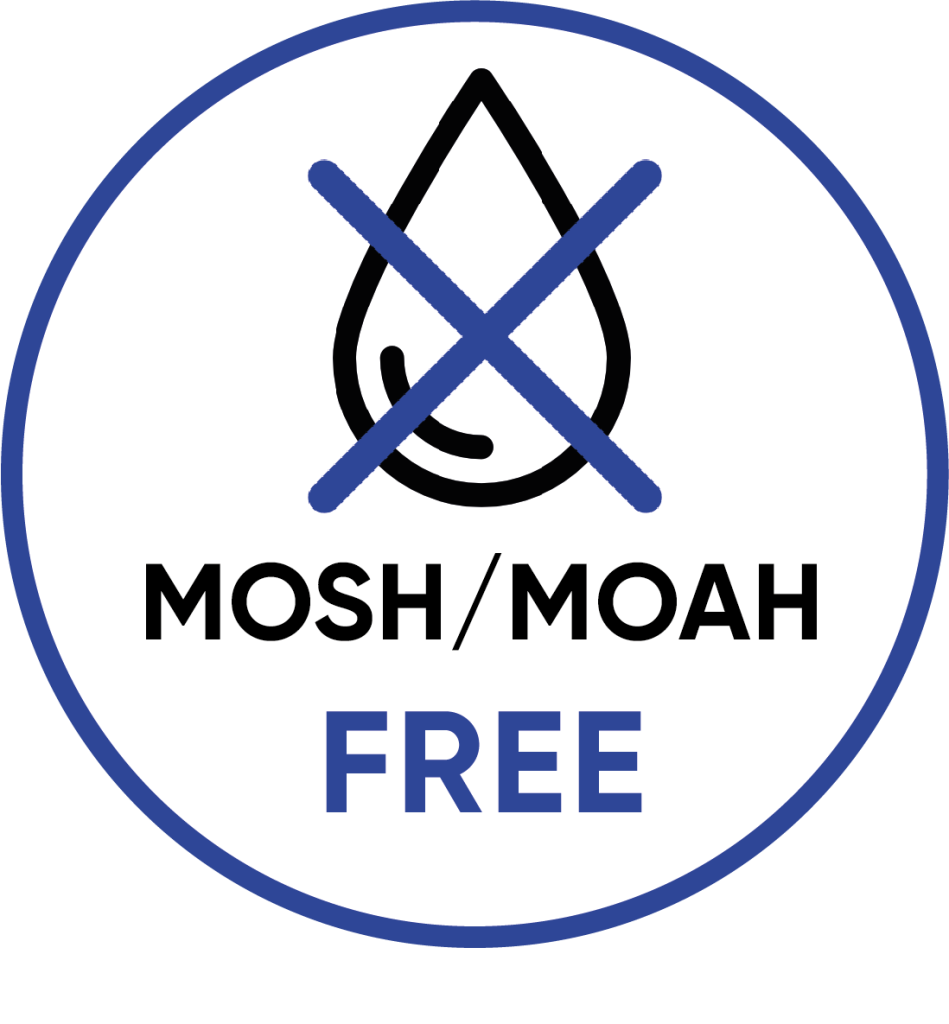
At ORAPI, we prioritize the safety and quality of our products, ensuring they are free of MOAH and MOSH and suitable for use in food processing. We maintain stringent Quality Control facilities to safeguard the integrity of our products. Additionally, our Nonfood Compounds hold NSF certification, signifying their suitability for safe usage in food processing establishments.
Furthermore, our adherence to ISO 9000 standards ensures that we uphold international quality management and assurance benchmarks. These standards aid us in effectively documenting the necessary elements of our quality system, securing its efficiency. Moreover, our ISO 14000 certification demonstrates our commitment to minimizing environmental impact.
Through these measures, we continually enhance our practices to deliver superior-quality products.
ORAPI RECOMMENDS:
Conclusion
In conclusion, the dangers posed by MOSH (Mineral Oil Saturated Hydrocarbons) and MOAH (Mineral Oil Aromatic Hydrocarbons) cannot be overlooked, as they have been linked to long-term organ toxicity, carcinogenic properties, and tissue accumulation. Individuals must be aware of these risks and take necessary precautions to protect their well-being. By understanding the relevant certifications, individuals can identify products free of these compounds and make informed choices to safeguard their health. At ORAPI, we prioritize safety and quality, ensuring our products are free of MOSH and MOAH and suitable for use in food processing. Our stringent quality control measures and certifications demonstrate our commitment to delivering superior-quality products while minimizing environmental impact.
